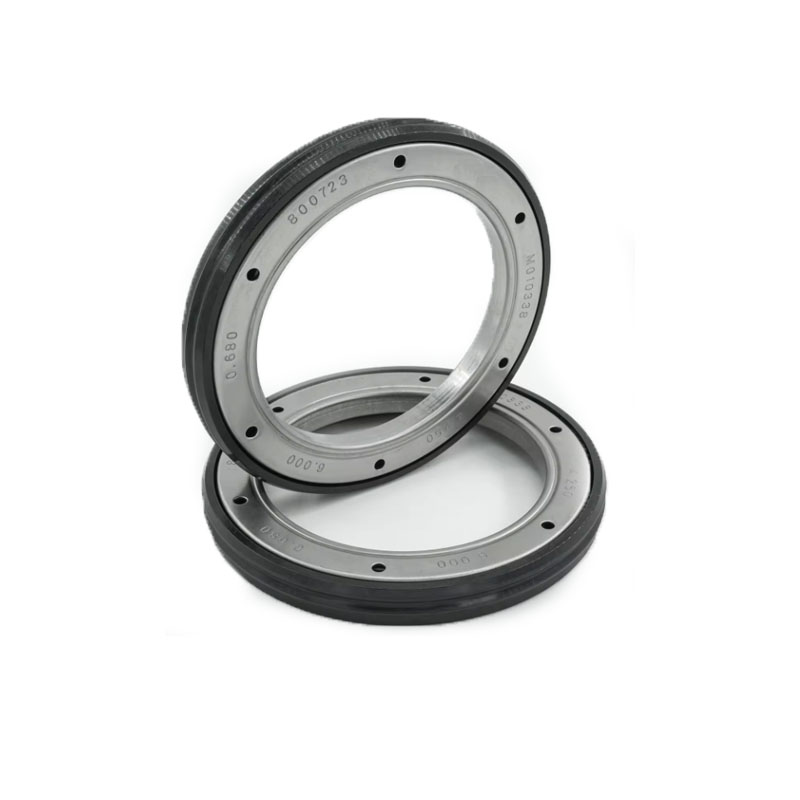semi trailer hub seal
Understanding Semi-Trailer Hub Seals Functionality, Importance, and Maintenance
Semi-trailers are a cornerstone of the freight transport industry, playing a vital role in moving goods efficiently across long distances. Of the various components that ensure the smooth operation of semi-trailers, hub seals are crucial yet often overlooked. Understanding the functionality, importance, and maintenance of semi-trailer hub seals can significantly impact the operational efficiency and safety of transportation.
Functionality of Hub Seals
Hub seals are designed to protect the wheel bearings and the internal components of the axle from dirt, debris, and moisture. Located at the end of the axle, these seals create a barrier between the external environment and the internal mechanisms of the wheel hub. The primary function of hub seals is to retain the lubricant within the bearings, facilitating smooth wheel rotation while preventing contamination. This function is vital for reducing wear and tear on the bearings, extending their lifespan, and ensuring the reliable performance of the semi-trailer.
Additionally, hub seals help maintain optimal lubrication levels by preventing grease from leaking out. This is particularly important because insufficient lubrication can lead to increased friction and heat, resulting in premature bearing failure. A properly functioning hub seal is therefore essential for the overall efficiency of the trailer and the safety of the freight being transported.
Importance of Hub Seals
The importance of hub seals cannot be overstated. They contribute significantly to the safety of semi-trailers on the road. A malfunctioning or damaged seal can lead to grease leaks, which can cause wheel bearings to run dry. This, in turn, can result in catastrophic bearing failure, wheel detachment, and, ultimately, accidents that can endanger both the driver and other road users.
semi trailer hub seal

Moreover, maintaining the integrity of hub seals is imperative for compliance with transportation regulations. Transport companies must ensure that their vehicles are in safe operating conditions to avoid penalties and legal repercussions. Regular inspections of hub seals can help identify potential issues before they escalate, keeping both the drivers and the goods safe.
Maintenance of Hub Seals
Maintaining hub seals is relatively straightforward but requires diligence. Regular inspections should be conducted, especially before long trips. Drivers and maintenance personnel should look for signs of leakage, cracks, or any damage to the seals. If any issues are detected, it is crucial to replace the hub seals promptly to avoid further damage to the wheel bearings.
Another essential aspect of maintenance is ensuring that the wheel hubs are properly lubricated. During inspections, it is advisable to check lubricant levels and top off if necessary. If the hub seal is compromised and lubricant has been lost, it is critical to replace the lubricant after replacing the seal to restore the performance of the wheel bearings.
Furthermore, adhering to manufacturer recommendations regarding seal replacement intervals can prevent unexpected failures. Depending on usage and operating conditions, semi-trailers may require more frequent seal replacements. Keeping detailed maintenance records can also help identify patterns and prevent future issues.
Conclusion
In summary, semi-trailer hub seals play a crucial role in ensuring the efficient and safe operation of freight transport vehicles. Their primary functions include protecting wheel bearings from contamination and retaining lubrication, which helps prevent costly failures and accidents. Regular maintenance and inspections of hub seals not only enhance the lifespan of the components but also contribute to the safety of transportation operations. By understanding and prioritizing the care of hub seals, transport companies can ensure reliable performance, compliance with regulations, and the safety of their drivers and cargo alike.
-
Understanding the Front Main Engine Seal: Purpose, Maintenance, and Installation
News Jul.29,2025
-
Understanding O-Rings and Seal Rings: Types, Applications, and Custom Solutions
News Jul.29,2025
-
Understanding Crankshaft Oil Seals: Rear Seals, Pulley Seals, and Their Role in Engine Integrity
News Jul.29,2025
-
The Importance of Front and Rear Crankshaft Seals in Engine Performance and Oil Management
News Jul.29,2025
-
Crank Oil Seals: Functions, Types, and Cost Considerations in Engine Maintenance
News Jul.29,2025
-
A Comprehensive Guide to O-Rings and Seals: Types, Materials, and Global Applications
News Jul.29,2025
-
Mastering Diesel and Performance Engine Maintenance: A Guide to Critical Oil Gaskets
News Jul.28,2025
Products categories















